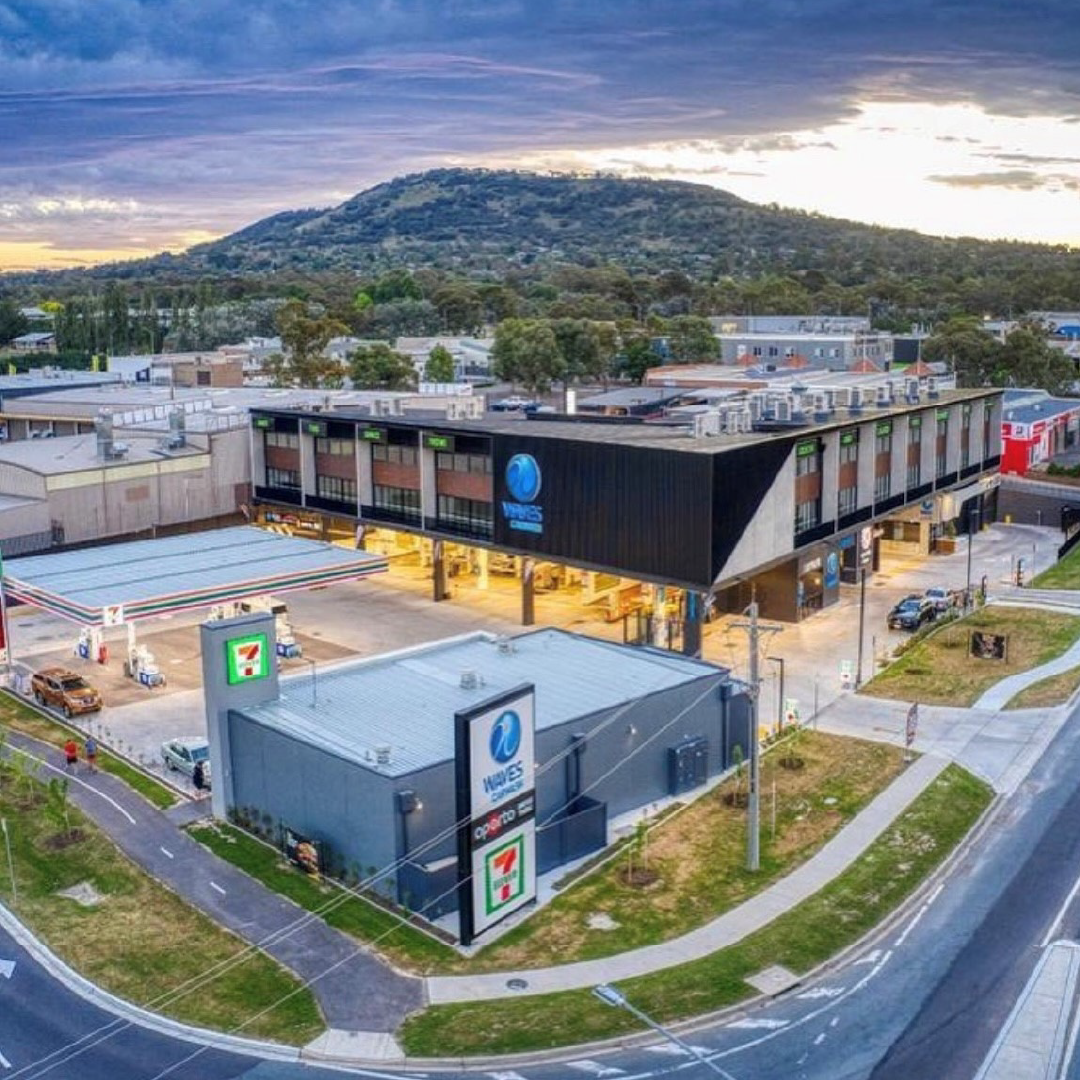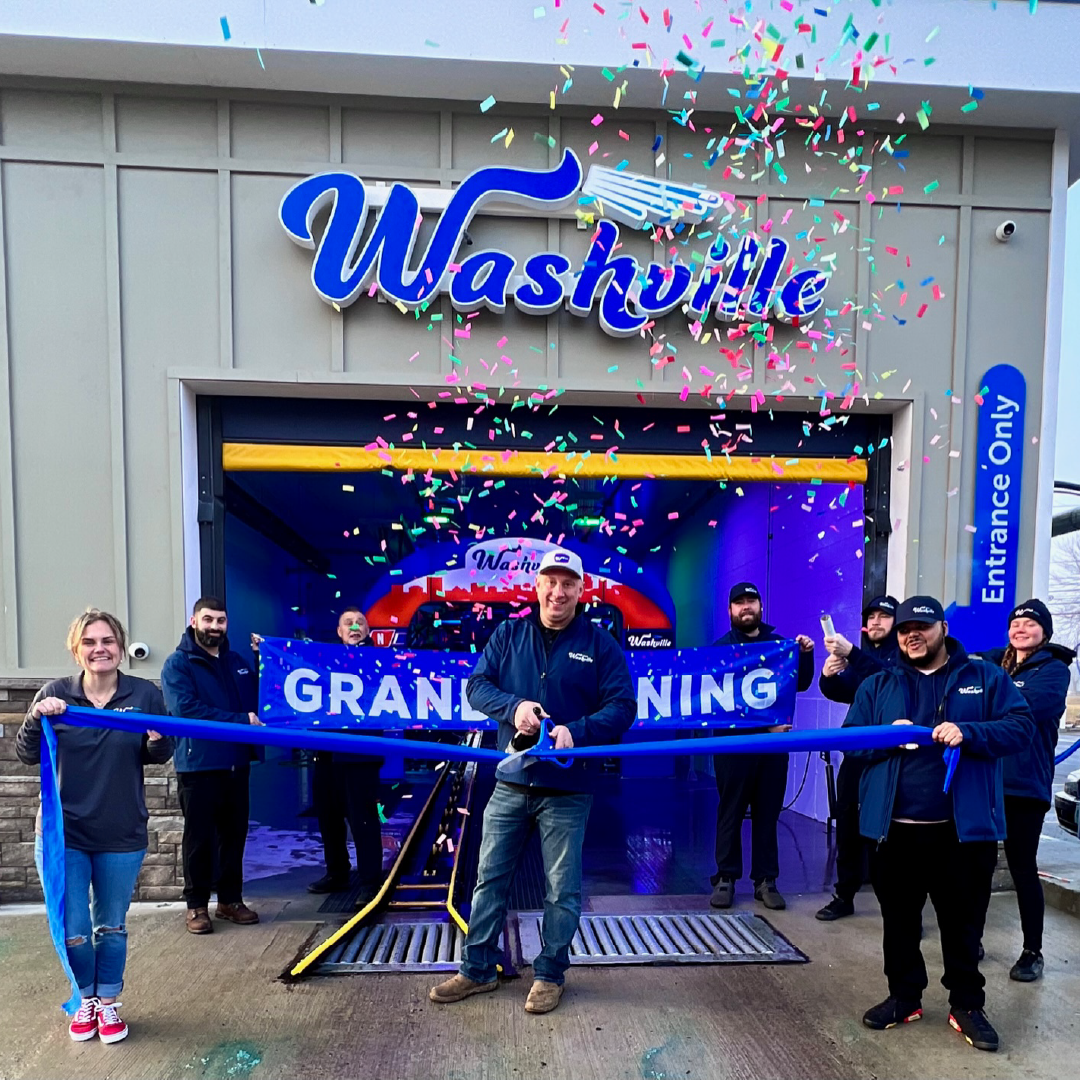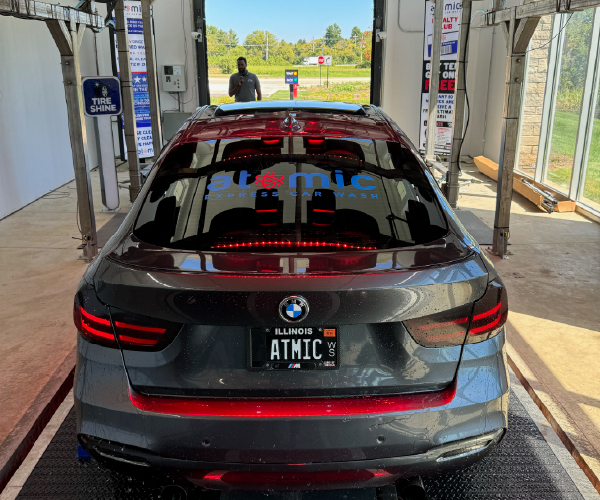
Building Your Technology Stack
June 18, 2024
8 minute ReadWhy diversity and interoperability are critical to the collective whole and its seamless operation.
The complexity of technology-based solutions goes beyond just what they offer on their own, but how they operate and integrate with each other. “We have begun to see some significant technological strides entering our space that are now hitting all aspects of the business,” said Michael Murry, CEO of Champion XPress Car Wash.
Just as it takes a village to raise a child, it takes experts in multiple fields to provide an all-encompassing, comprehensive tech platform on which to operate your car wash at the most technologically advanced levels. The benefits can be business-altering when leveraging various high-tech platforms, but diversity is key and interoperability is crucial. All of the pieces must work together seamlessly to ensure optimum efficiency and a collective, usable data set.
“While at their core, car washes are simply tunnels that dispense water and soap onto cars to clean them, the technology stack modern washes are using to augment, optimize and enhance their operations is far more complex,” said Anoop Kanthan, CEO omniX Labs, an EverWash company. “In particular, the use of data technologies within car wash organizations is becoming increasingly important. For example, having a data store with reporting and analytics layer tooling for actionable insights is only going to be a bigger part of a successful operator's technology stack going forward. Data is the new oil, and what you have can be mined to extract better profits and result in a better-run wash location.”
John Roush, CEO of Express Wash Concepts, noted that the beauty of a car wash is that a well-run one promises the potential of an exponential profit curve. Today, though, a well-run, effective wash depends on expertly implemented technology that works together, making it the possible difference-maker between having a site that breaks even and a site that is extremely profitable, Roush said.
Benefits of diversity
Kanthan said a classic technological conundrum often faced by organizations is whether to purchase “the best of breed” or to stick with an integrated offering. A best-of-breed approach requires investment and ongoing resource commitment, he said, while an integrated offering “usually ends up, at best, an extreme test of patience or, more likely, frustration at the slow pace of your incumbent vendor’s evolution.”
For that reason, Kanthan said operators who seek to offer a differentiated experience in a competitive market will need to fill the gap beyond their main provider with some of the more advanced technology solutions that are available.
“While our industry vendors are getting better, it ultimately means you will end up with a few vendors providing your technology stack,” Kanthan said. “Visualizing this from a customer journey perspective, meaning from the time they pull up on your lot to when they leave, will help you decide what components you need to integrate and then consider who is best to provide these. It requires ongoing management and process effort, but it will ultimately pay off on the bottom line and the customer happiness scale, too.”
Roush said the benefits to having a technologically diverse and sophisticated car wash today are “immeasurable, just huge.”
“You just have to think about trying to manage 100 sites — all the equipment on the sites, all the people on the sites, the training on the sites, all the HR components, the customer behaviors and customer relationships on the site,” Roush said.
Murry agreed that diversity in tech providers offers clear benefits.
“Diversity is important based on an operator’s strategy, competition, customer base, demographics, etc., to give the operator some freedom in creativity and strategy,” Murry said. “Diversity in providers will always bring new perspectives to the industry, and I do not see any downside to the collective customer in that aspect.”
Kanthan said having a single technology provider may seem easier and more comfortable, but ultimately it often leads to a substandard product.
“While Apple makes a great iPhone, you are probably using Google for search and Spotify for your music,” Kanthan said. “It’s the same for your business; no one tool provider can do everything well. So, you are not getting the best, which means you are leaving profits on the table.”
Beyond features and capabilities, Kanthan said diversity in your tech solutions provides you with leverage as a buyer and diversifies your business risk.
“By putting all your eggs in one basket, you increase your dependency on a supplier, which can result in lower tiers of service, more difficulty in switching and the risk, as low as it may be, of a sudden end of life of the product you use or, worse, a bankruptcy,” Kanthan said. “Having diversity is not just good for your business; it’s risk mitigation as well.”
Importance of interoperability
Diversity, of course, will cause an assortment of challenges that could undermine an operation if the various tech solutions do not operate well together. That’s why interoperability is so critical.
Kanthan said that a technology stack that does not operate in harmony can have an assortment of primary and secondary negative consequences.
“From a daily and operational perspective, there is likely waste and inefficiencies occurring,” Kanthan said. “Double entry and staff expending time on ‘connecting the dots’ can result in lost time and inaccuracies in providing a view of what’s happening at your wash. The secondary consequence is that you are just not getting the most out of your wash investment.
“Timely data and insights mean timely decision-making, and without it, you are leaving profits on the table or worse, losing money. For example, not targeting a former member who has returned to your location so you can win them back, or failing to detect a likely-to-cancel membership behavior and not getting ahead of it with a proactive outreach message.”
Roush said ease of use for the various technologies is “everything” or they likely will go to waste.
“We think about how easy our systems and sign up and processes are for our customers — it needs to be the same way for our employees,” Roush said. “If it's clunky, and there are 90 logins and there isn’t a nice dashboard, then it's not going to be used and you're going to miss out on a lot of benefits.”
Murry said technology that does not integrate and align properly will lead to clunky workaround solutions.
“Clunky workarounds are a direct cost to the operator in the form of admin due to more labor, training and time to create either a fix or an enhancement to the customer to gain a desired outcome that the operator deems essential,” Murry said. “The operator and the customer not only want quick service and clean cars but also quick and clean solutions and interactions.”
Keys to interoperability
A successful approach to interoperability is not simple. “This topic could fill a book,” Kanthan said. To start, he said it is crucial to work with the right partners.
“It’s not just about price and features — it’s about long-term relationships, alignment with your team and culture, and being there for not just when things go right but when they do not,” Kanthan said.
Among the keys to successful interoperability, Roush said car wash operators should ensure that any platforms that they buy can be customized and that they own and control all of their data. “In addition, you need the right person behind the scenes from a management standpoint.” Roush said there also needs to be an emphasis on training to ensure that staff members are prepared to use all relevant technology, no matter the vendor who provided it, and to ensure that the tech tools are not so varied and complex that it becomes dizzying for users, leading them to pick and choose which technology they focus on.
“Sometimes the hardest things you do will create the most benefit for you,” Roush said.
Kanthan advised that operators should focus on their goals first and let the technology selection stem from that, aligning those tech efforts with the business goals.
“While the tech might be cool, tie it to solid business objectives and work backward from there,” Kanthan said. “Everything you do must trace to a measurable goal that improves business performance.”
Like Roush, Kanthan said operators should emphasize assembling the right internal team. “You are making a long-term investment, so do the same when you hire,” he said. In addition, he said it is important to visualize the architecture and consider what it will look like once it comes together.
“A pilot or flagship store setup is a great approach here as you get to test it all out in a low-risk environment, in addition to helping you tune your design for when it's ready for a large-scale rollout,” Kanthan said.
An emphasis on strategic thinking
To think about their diversity of tech tools as a whole, operators will need to maintain a strategic approach. Effectively, operators today must think like developers to get vendors to build what needs to be built for their needs, according to Roush.
“You have to understand what you need, and you need to be able to articulate that to developers to get that platform that works and does what you need it to do to solve a problem,” Roush said.
Kanthan said operators should avoid biting off too much with new tech solutions.
“There are many organizations that have attempted to overhaul their entire POS platform in a single implementation project, for example,” he said. “Iteratively evolving capabilities and taking a more incremental rollout approach is much more likely to result in a successful initiative.”
Forward-thinking operators will be sure to lay the groundwork for diversity down the road — “from laying another conduit line before pouring the concrete to evaluating your service providers that will support you in the years ahead beyond today’s direct needs,” Kanthan said.
“Spending a little more time and effort on the tech infrastructure foundations earlier will result in an easier and cheaper adoption of newer technologies down the road,” he said.
Looking at the car wash field more broadly, navigating the complexities of a diversity of technological solutions could play a central role in how well the industry and its operators take advantage of the wide variety of tools available to them.
“The key to this is both a challenge and a rally cry to current and new vendors in the car wash space to become more client-centric and understand the needs of the operators for the mutual benefit of achieving and improving our customers’ experience,” Murry said. “As the car wash industry continues to become more prominent, it is crucial for our industry to prove it can follow suit with similar industries’ solutions by adopting cutting-edge technology.”







